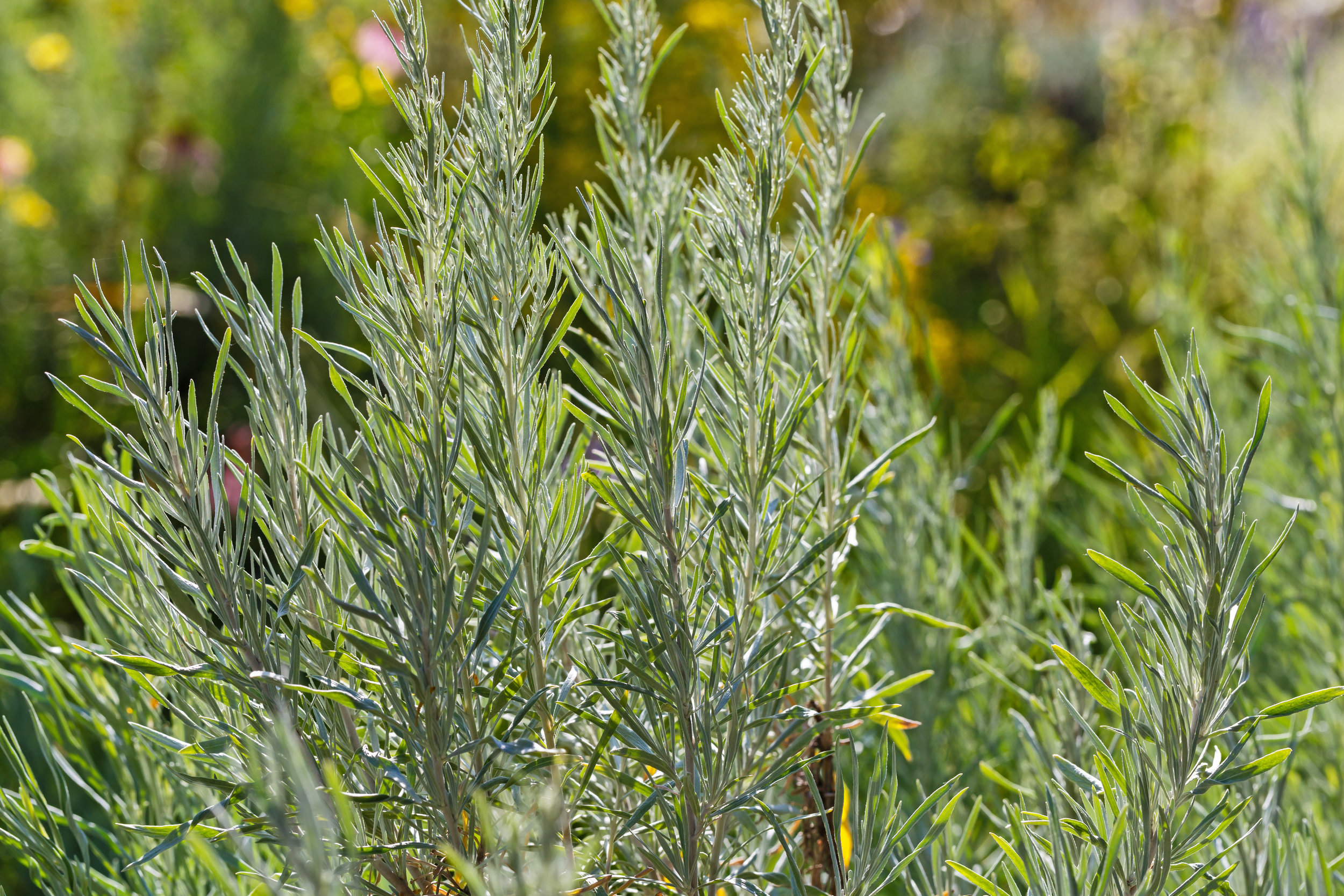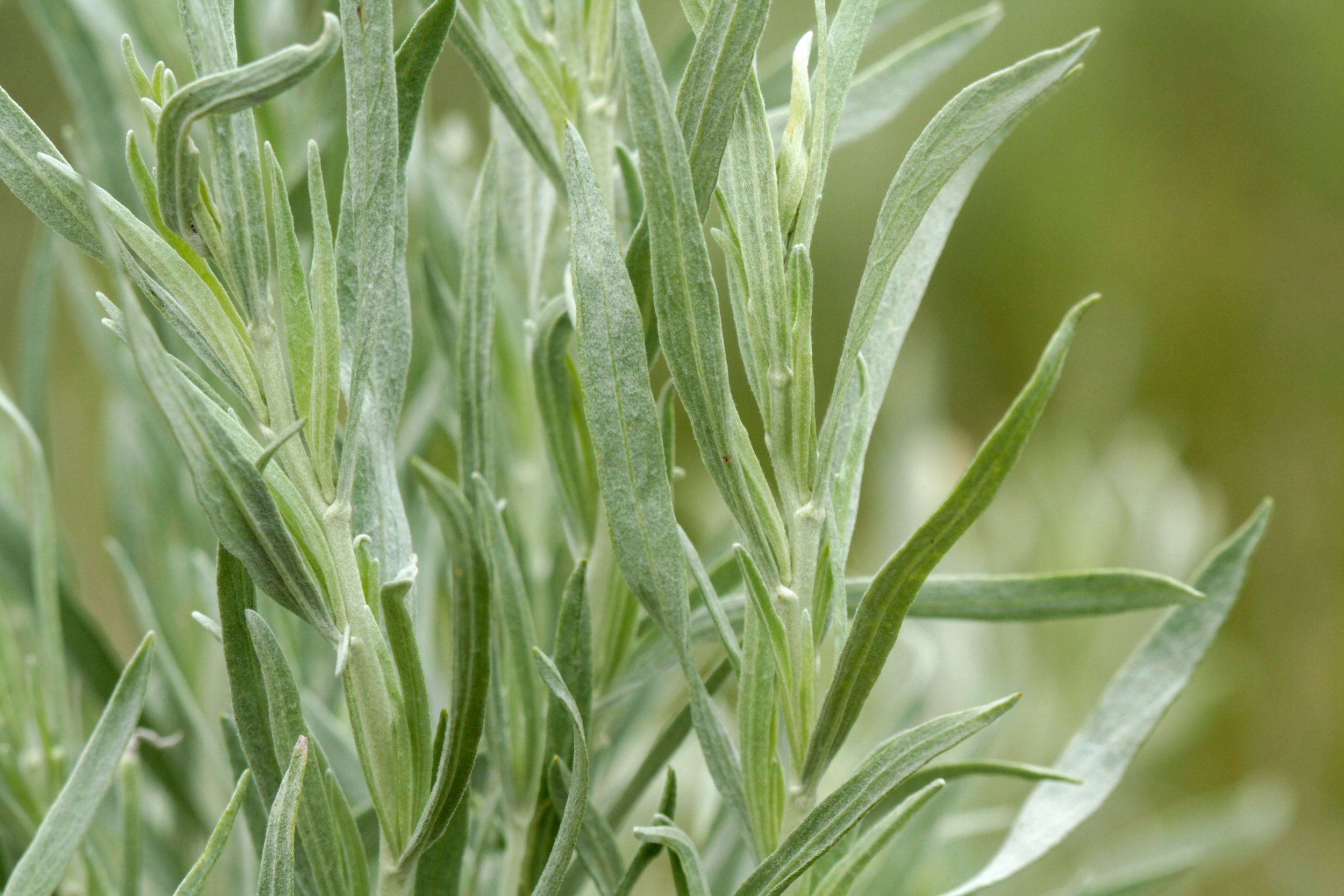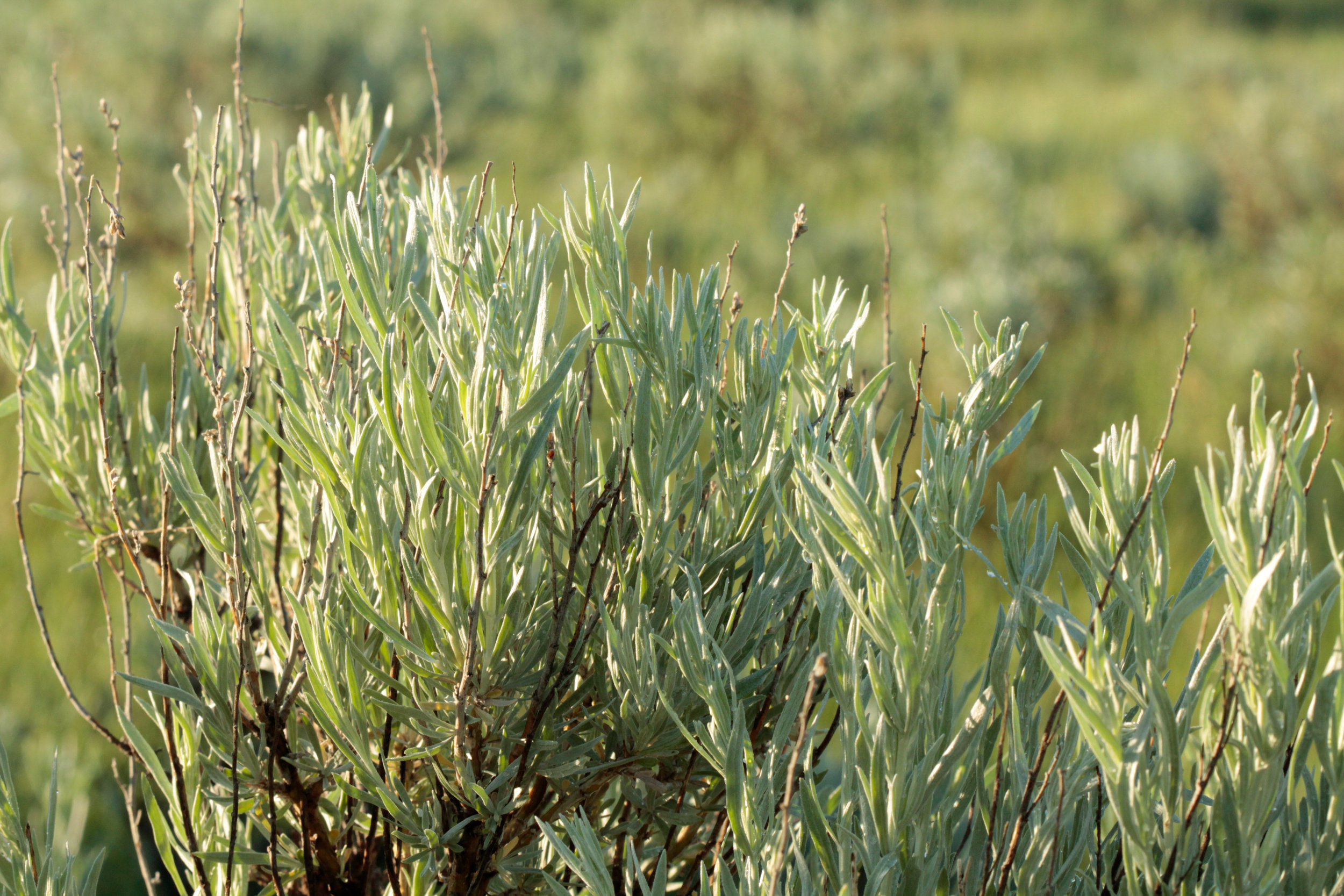Artemisia cana (Silver sagebrush)
Short to tall shrub from 1-5 ft. depending on the geographically distinct subspecies, with silver-gray or yellow-green to gray deciduous leaves, flowering June to October. Occurs on a wide range of soil textures, preferring moister, colder soils than other sagebrush species; 2,000 to 11,000 ft. elevation. Intolerant of strongly saline and calcareous soils. Found in riparian areas, bottomlands, mountain meadows, disturbed steppe and pine and aspen woodlands. Tolerant of high water tables and periodic flooding, often found in wet-to-upland transitional habitats. Less susceptible to fire mortality than other sagebrush species. Rhizomatous, readily sprouting after fire and other disturbances. Valuable forage for deer, bison, elk, pronghorn, bighorn sheep and sage-grouse.
DISTRIBUTION / ADAPTATION
INFORMATION & ATTRIBUTES
Family: Asteraceae
Duration: Perennial
Growth Habit: Sub-shrub, shrub
Native Status: Native
Growth Form: Rhizomatous
Mature Height: 5 ft.
Bloom Color: Yellow
Fruit/Seed Color:
Bloom Period: Late Summer
Annual Precipitation: 12+in.
Drought Tolerance: High
Shade Tolerance: None
Elevation:
Wetland Indicator Status: FACU
Fire Resistance: No
Fire Tolerance:
Nitrogen fixation: None
SOIL ADAPTATION
Coarse Texture: Yes
Medium Texture: Yes
Fine Texture: Yes
Salinity Tolerance: Low
CaCO3 Tolerance: Medium
pH Range: 5.2-9.0
SEEDING NOTES
Seeds per Pound:
Seeding Rate: PLS lbs/acre
Season: Fall/Winter
Days to Germination:
VARIETIES & LOCAL ACCESSIONS
None





